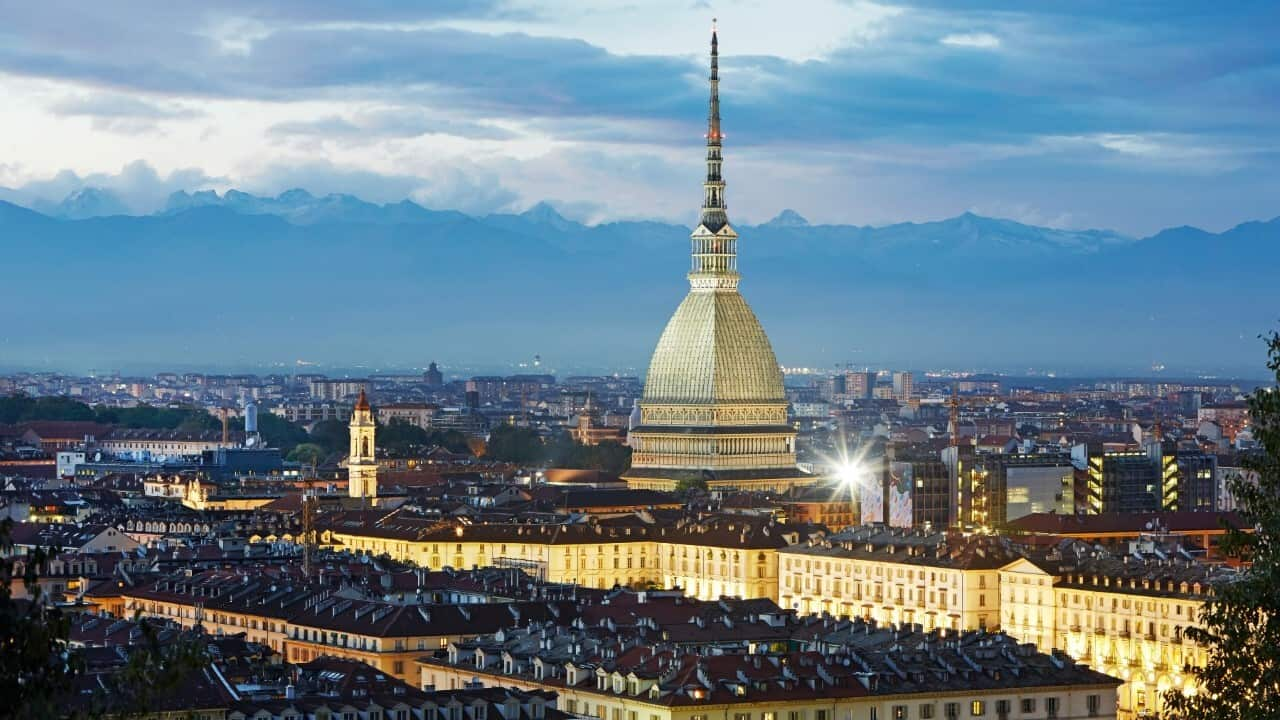Highlights
- Turin, in northern Italy, will host next Eurovision Song Contest in May 2022
- Before Rome and Florence, Turin was Italy's capital and before Hollywood, the cinema capital of the silent movie era
- It is home to popular car maker FIAT and football club Juventus
Turin, or Torino, as Italians call it, isn't particularly well-known outside the Italian community.
Home to ltaly's best-known football team, Juventus FC, car maker FIAT and the host of the 2006 Winter Olympics, Turin will now also be known as the city to host the 2022 Eurovision Song Contest.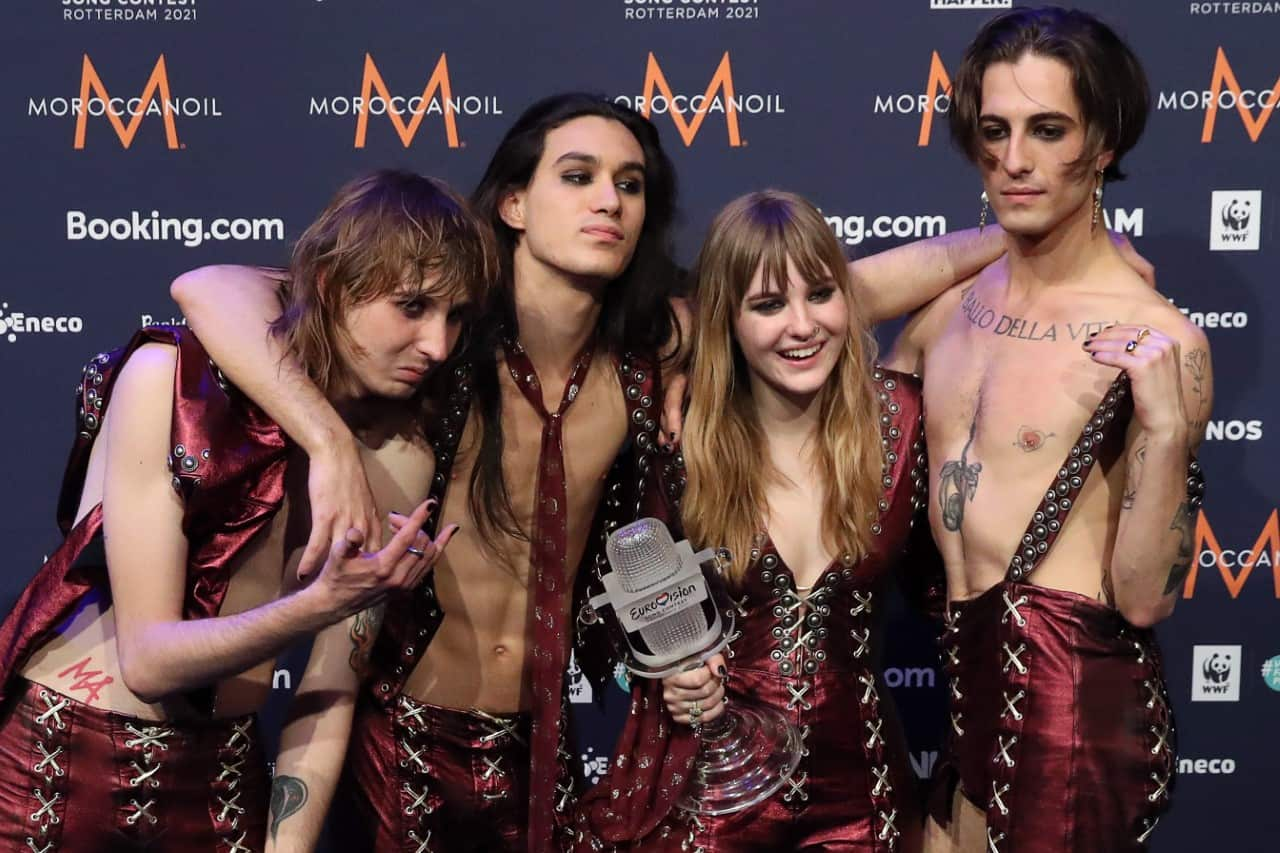 To be held in May 2022, this will be the third edition of the musical extravaganza to be hosted by Italy.
To be held in May 2022, this will be the third edition of the musical extravaganza to be hosted by Italy.

Thomas Raggi, Ethan Torchio, Victoria De Angelis, Damiano David (L-R) of the Maneskin rock band representing Italy, the winners of the 2021 Eurovision Source: Vyacheslav Prokofyev\TASS via Getty Images
If that has whipped up your appetite to learn more about Turin ahead of next year’s Eurovision, here are five fun facts about this city.
1. Turin was the first capital of Italy
When the then Kingdom of Italy was united back in 1861, Turin was its first capital. But it held this prestigious role only until 1865, when the capital was moved to Florence. Then Rome stole the mantle in 1870, once the House of Savoy’s army reached the Eternal City.
Turin still has several impressive buildings which reflect the long presence of the dynasty of monarchs who led the nation until 1946. Italy then chose to become a republic through a referendum.
Turin is now the regional capital of Piedmont (Piemonte).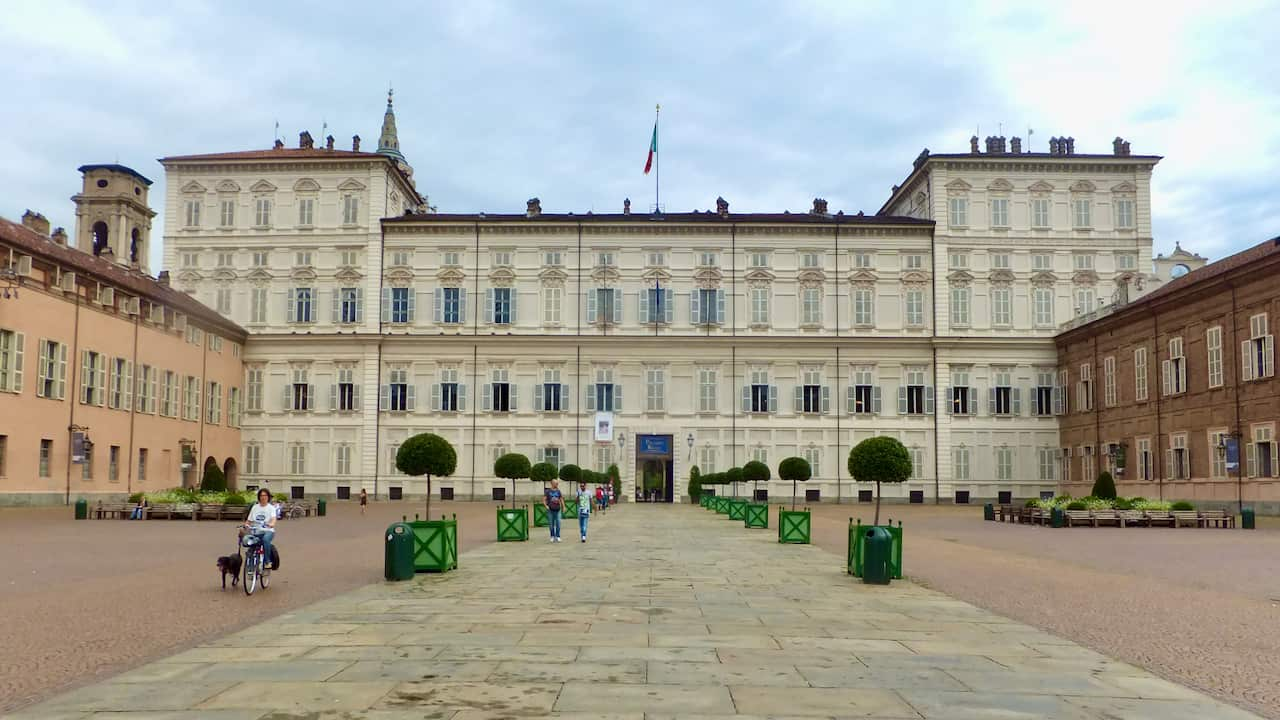 2. Its most iconic building is called Mole, which isn’t like the mammal
2. Its most iconic building is called Mole, which isn’t like the mammal

Royal Palace (Palazzo Reale) in Turin, Italy Source: Filip Maljković from Pancevo, Serbia
The Mole Antonelliana is a tall building with a long spire, was initially commissioned to architect Alessandro Antonelli in 1863 by the local Jewish community and was intended to be a synagogue. The rather imposing structure did not satisfy the original clients, who sold it to the city council.
Antonelli kept making it taller, hence the Italian name mole to indicate its monumental proportions. Despite some damage after a storm in 1955, it now stands at about 168 metres tall.
A panoramic lift allows visitors to admire the city from a height of 85 meters above street level. Warned by local lore, people do not go up the lift before graduating from university, because it is said to bring bad luck to students.
Since 2000, the Mole Antonelliana hosts the Museo Nazionale del Cinema (National Museum of Cinema) and features on the 2-euro cents coins in Italy.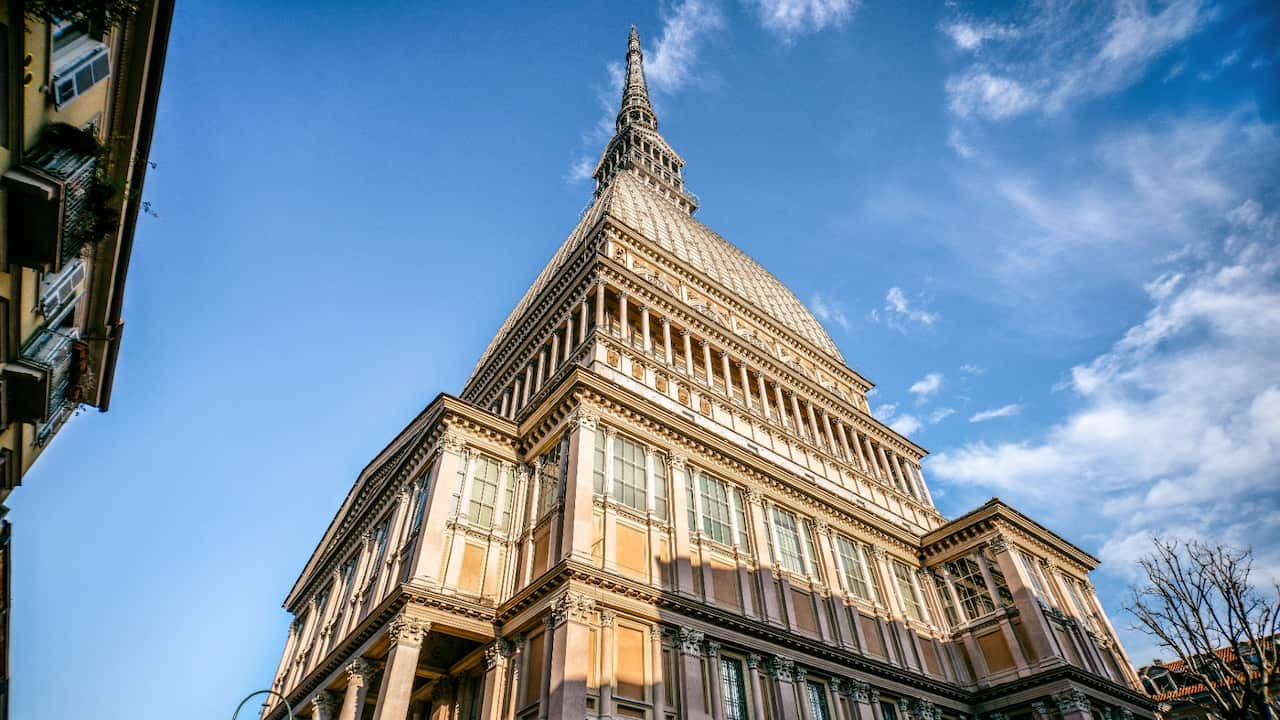 3. Turin was arguably the Hollywood of the silent movie era
3. Turin was arguably the Hollywood of the silent movie era

Mole Antonelliana building in Turin Source: Getty Images/AleksandarGeorgiev
In the early years of the silent movie, between 1905 and 1915, Turin was a Hollywood ante litteram. The most famous film produced in the Piedmontese capital was Cabiria (1914), a kolossal (European genre of big budget period movies) directed by Giovanni Pastrone and set in Roman antiquity, which was screened in France and the United States and is said to be the first movie ever to be screened at the White House.
While Turin later lost its title of a movie capital – again – to Rome and its Cinecittà (the studios founded by Mussolini in 1937), many more movies have been shot in the north-western Italian city.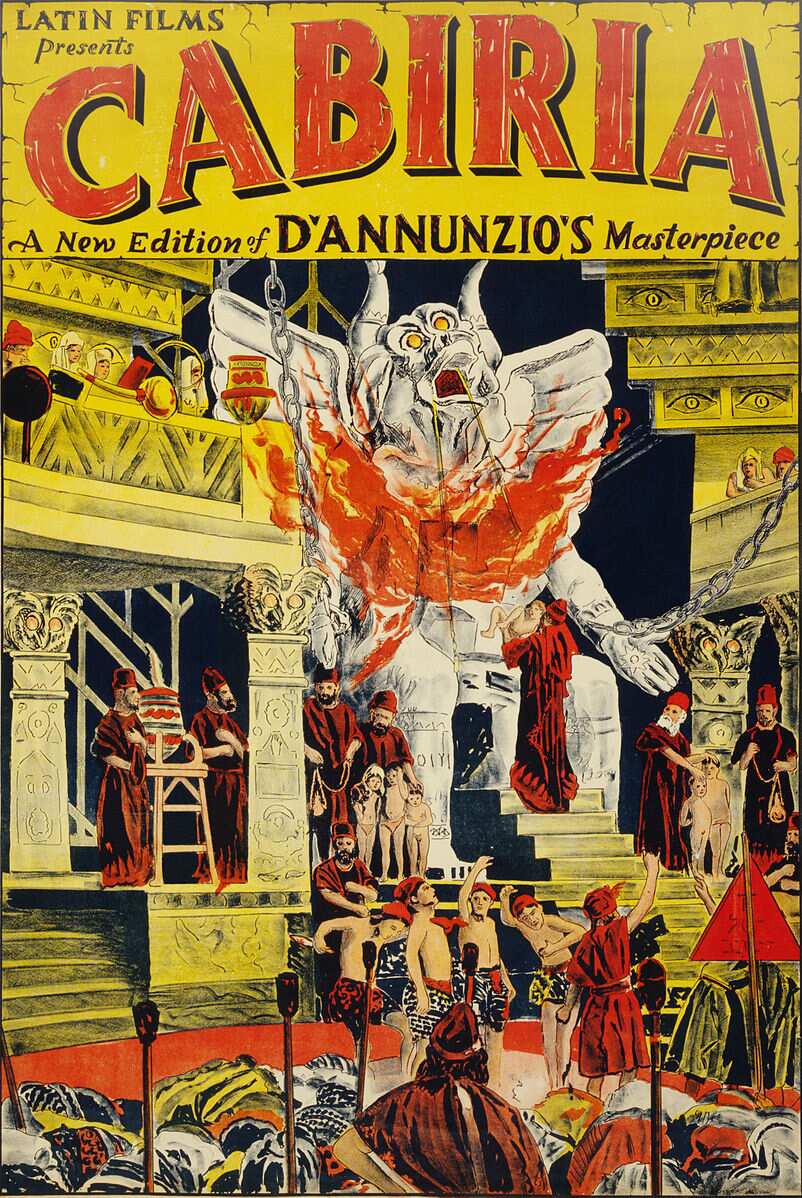 The Italian Job (1969), the iconic British heist movie starring Michael Caine, was partly set in Turin and featured the three Mini Minors involved in hilarious car chases in the city centre’s streets and squares – on the majestic staircase of the Savoy’s Palazzo Madama, on the roof of the Palavela and of Fiat’s Lingotto factory, and even in the city’s river Po.
The Italian Job (1969), the iconic British heist movie starring Michael Caine, was partly set in Turin and featured the three Mini Minors involved in hilarious car chases in the city centre’s streets and squares – on the majestic staircase of the Savoy’s Palazzo Madama, on the roof of the Palavela and of Fiat’s Lingotto factory, and even in the city’s river Po.

Poster for the film Cabiria (1914) Source: Library of Congress/Public Domain
Continuing with its cinematic legacy, Turin also hosts the Torino Film Festival, the second-largest film festival in Italy.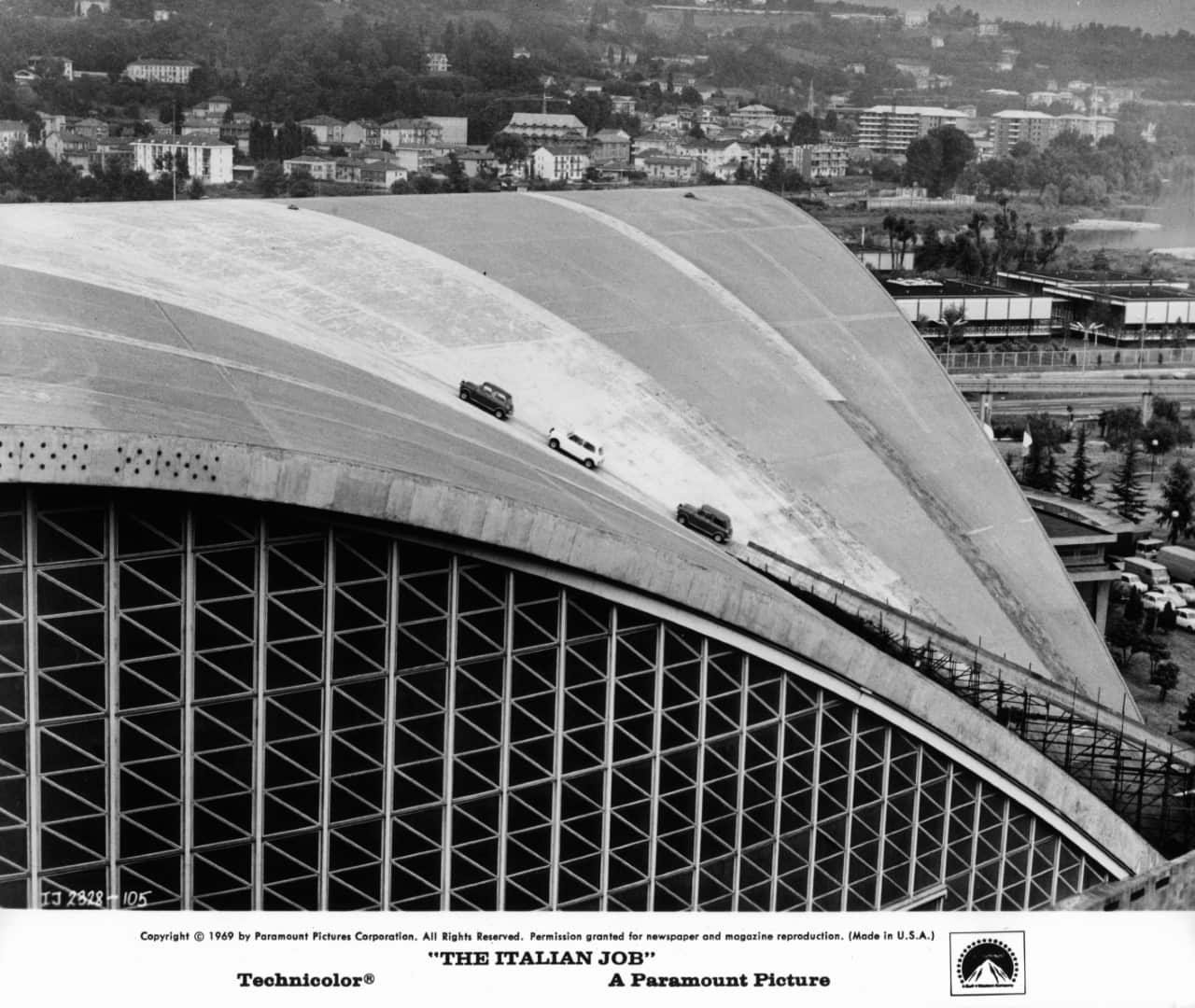 4. Turin has two football teams, but which is more Torinese?
4. Turin has two football teams, but which is more Torinese?

Cars racing up roof of Palavela in Turin in a scene from the film 'The Italian Job', 1969. Source: Paramount/Getty Images
Juventus FC, founded in 1897, is undoubtedly the more well-known of the two teams that Turin is home to. Commonly called ‘Juve’, and nicknamed Vecchia Signora (old lady), or in the Piedmontese dialect, La Gheuba (the hunchback), Juventus has certainly been the most successful Italian team nationally and internationally.
However, Torino FC, nicknamed ‘Toro’ (bull) for short, which was founded in 1906, has a special place in the heart of many Torinesi, despite having a decidedly less prestigious string of victories to boast about.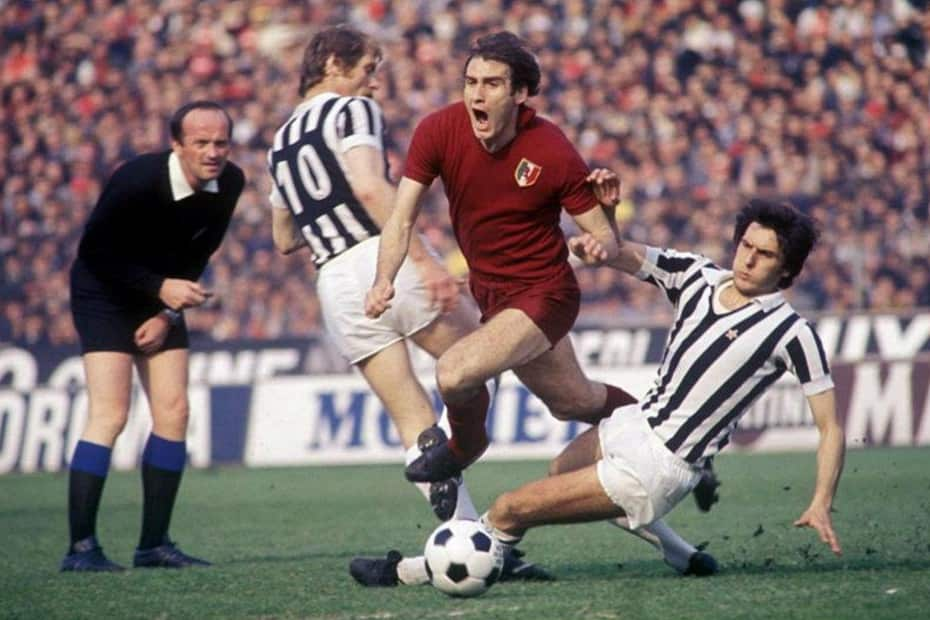 If you are a true Toro supporter, you will probably head to the hill of Superga next time you are in Turin to pay homage to the greatest team to wear the Toro jersey, il Grande Torino. The legendary team which won five Serie A titles in a row, sadly perished when the plane that was bringing them home after a match in Portugal crashed on the hill.
If you are a true Toro supporter, you will probably head to the hill of Superga next time you are in Turin to pay homage to the greatest team to wear the Toro jersey, il Grande Torino. The legendary team which won five Serie A titles in a row, sadly perished when the plane that was bringing them home after a match in Portugal crashed on the hill.

Turin player 'Ciccio' Graziani struggling with Juventus' Scirea and Benetti in the derby of 3 April 1977 Source: public domain
But which team is more Torinese?
Hard to say, but the rivalry is very intense, and scores are settled at the derby della Mole, the local derby aptly named after Turin’s landmark.
5. Turin is considered Italy's chocolate capital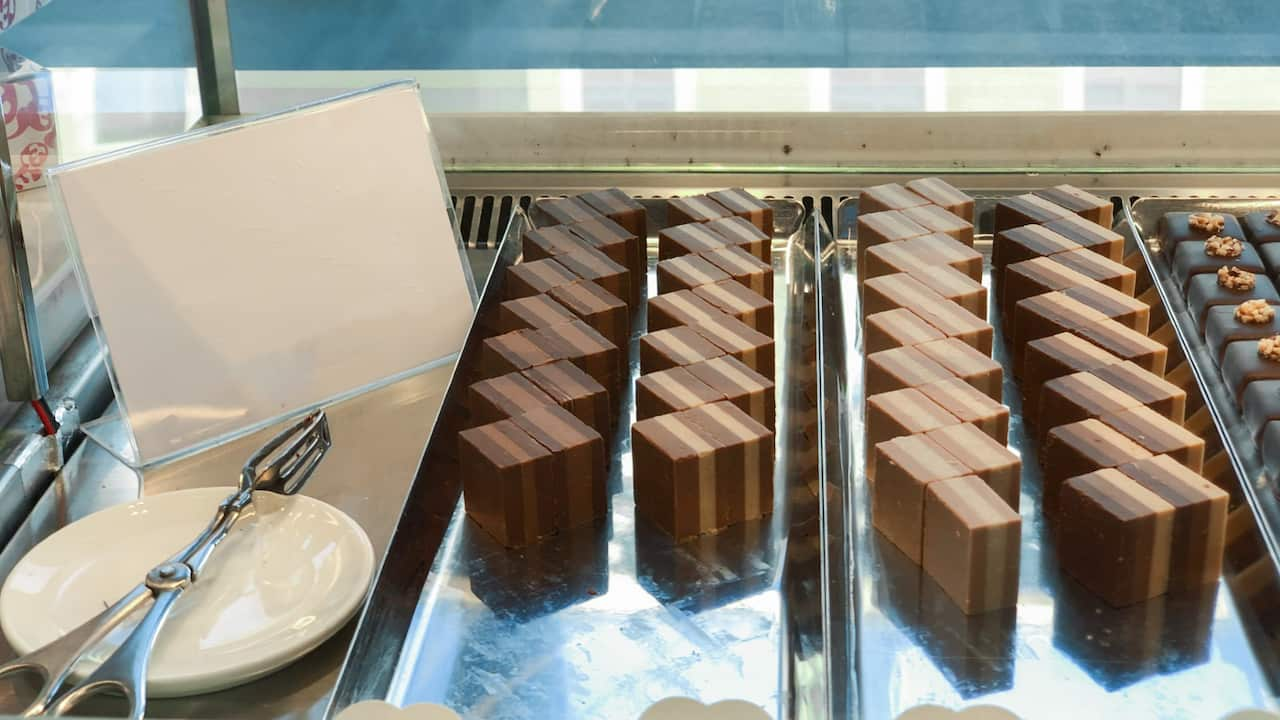 Alas, Turin is no more Italy’s capital and it can no longer claim to be Italy’s Hollywood, but many would still agree that it is the place to go to if you are a chocolate enthusiast.
Alas, Turin is no more Italy’s capital and it can no longer claim to be Italy’s Hollywood, but many would still agree that it is the place to go to if you are a chocolate enthusiast.

Collection of Cremini Chocolates. The Cremino is a chocolate originally from Piedmont, in northern Italy. Source: Getty Images/Nico De Pasquale Photography
There are many chocolatiers in the Piedmontese capital and plenty of historical cafés to taste some of the local specialties, such as gianduiotto, an ingot-shaped chocolate produced from a paste of sugar, cocoa and hazelnut, cremino, a three-layer chocolate (gianduja, chocolate and hazelnut), and boero, a liqueur-filled chocolate. 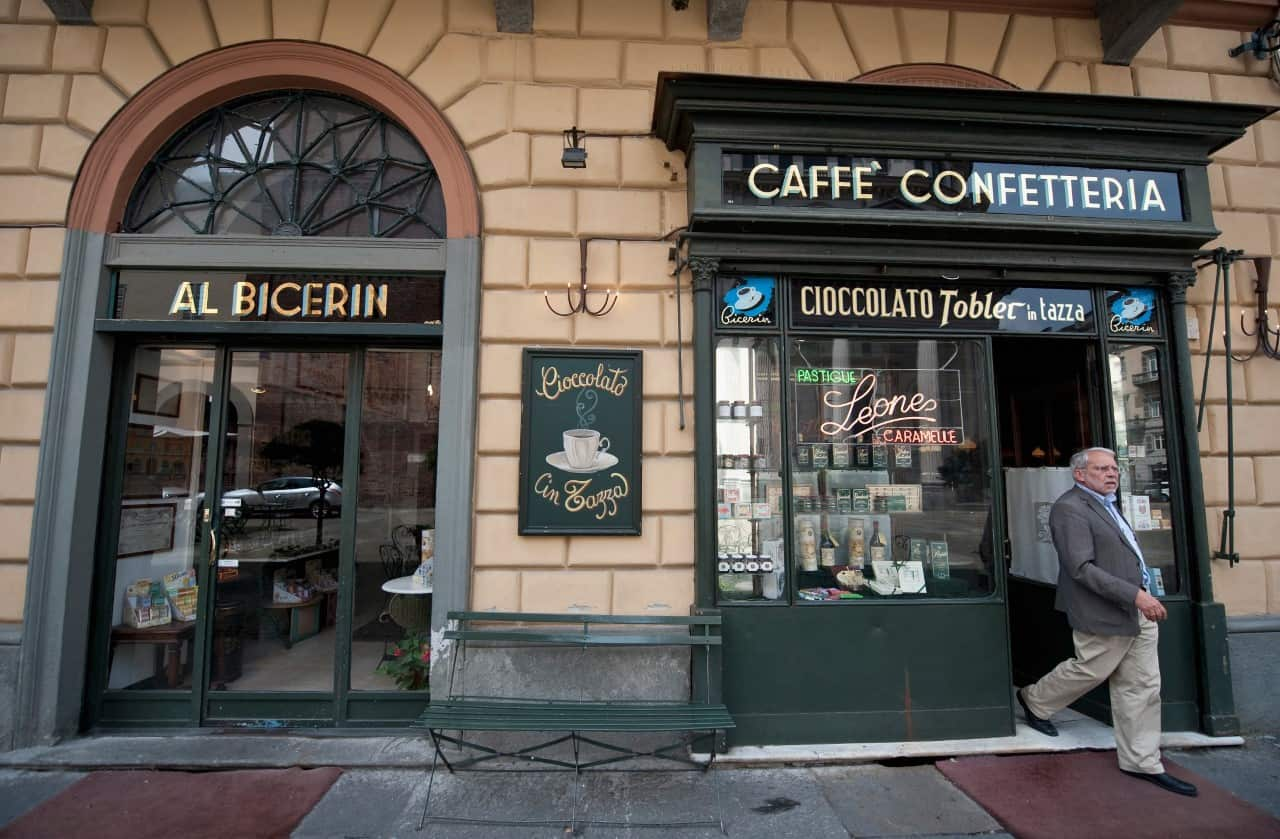 Another delicacy, Bicerin – a beverage based on cocoa, coffee and cream – dates back to the 18th century but is served even today. Not diet friendly, but certainly delicious and worth indulging in.
Another delicacy, Bicerin – a beverage based on cocoa, coffee and cream – dates back to the 18th century but is served even today. Not diet friendly, but certainly delicious and worth indulging in.

Al Bicerin cafe on May 28, 2010 in Turin, Italy. The cafe is renowned for having created the Bicerin, a traditional Torino drink Source: Marco Secchi/Getty Images
